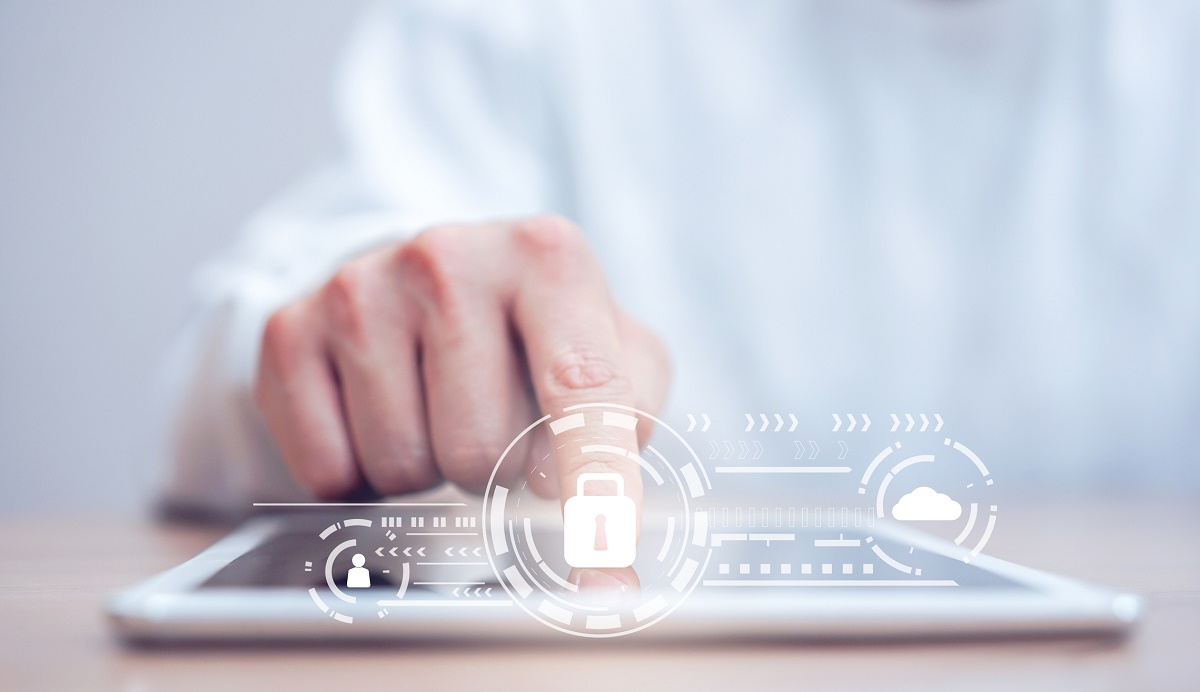Take the prescription process. e-Prescribing services like PrescribeIT® modernize the prescription process by enabling prescribers to electronically transmit a prescription directly from an electronic medical record (EMR) to the pharmacy management system of a patient’s pharmacy of choice. e-Prescribing also decreases the risk of privacy breaches due to fax transmission issues or unsecured email. Fax is the most common transmission tool used within health care, yet fax machines do not have any security or protection features to ensure patient data remains secure. There is no track record or accountability to show who has seen the information that comes through a fax machine, or a way of guaranteeing that data ends up in the right hands.
Conversely, digital tools like e-prescribing allow prescribers and pharmacists to know where the information on a prescription has been, who has seen it and whether it has arrived at the intended destination. In the same way Canadians have come to expect that their banking information will be safe throughout their banking journey, patients need the assurance that their health care information will be safe from end-to-end.
When talking about privacy, it is also important that a patient feels confident their information is being used only for the benefit of their own health care. Concerns that the information will be sold or otherwise exploited for profit are real among Canadians. Services like PrescribeIT® have data protection woven into their DNA and work closely with ministries and oversight bodies to prioritize transparency and the protection of patient data from commercial exploitation.
As we look beyond the pandemic, the question is no longer, “Will we continue to implement electronic tools like e-prescribing into our health system?” Canadians across the country have already answered with a resounding, “Yes.”
The question is now, “How do we implement these tools safely?” We need to anticipate, manage and counteract the risks of the digital world to ensure the benefits greatly outweigh them. When it comes to e-prescribing, this means investing in the latest security measures, and equipping prescribers and pharmacists with the tools they need to prioritize privacy and cybersecurity throughout the entire prescription process.
Have a comment about this post? We’d love to hear from you.

